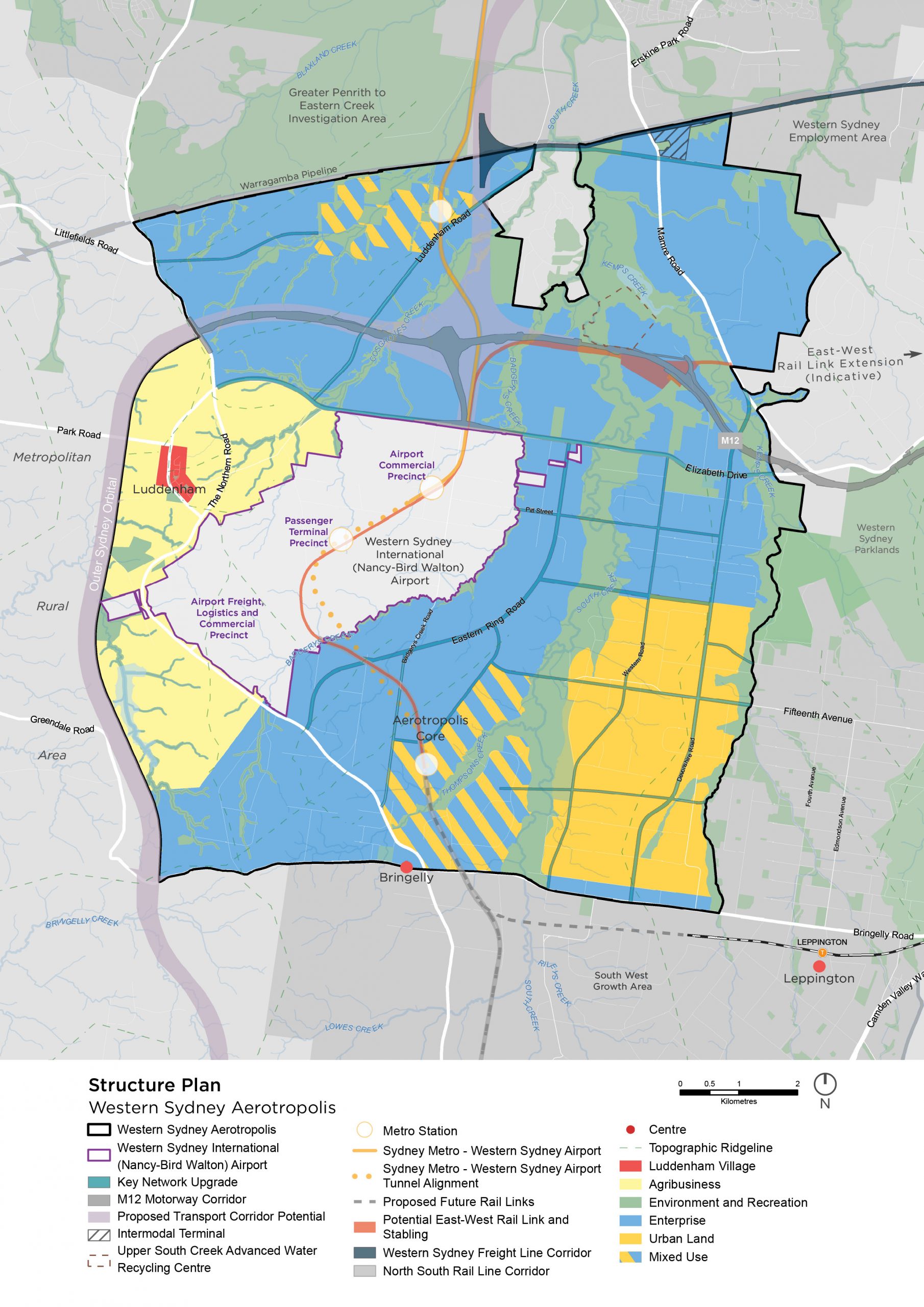The Western Sydney Aerotropolis is a step closer to take off with the Planning Framework now in place, but will the framework support the ambitions for the 11,200 hectare global gateway?
Up to 100,000 jobs and homes for 30,000 residents are to be achieved in the initial precincts covered by the Planning Framework, supporting COVID-19 economic recovery with development prior to the opening of the airport in 2026.
While the Framework adopts an innovative planning approach incorporating an enhanced design and approval process, it both includes and omits certain elements which may lead to challenges regarding efficient delivery and desired outcomes.
Now is the time for Urbis and Western Sydney partners to ensure critical matters are addressed prior to the commencement of the SEPP on 1 October, and prior the development of precinct plans and masterplan guidelines later this year.

